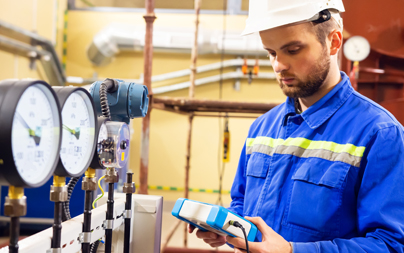Proper air compressor dryer maintenance is essential for improving energy efficiency in industrial systems. Air compressors are commonly used in various applications to supply compressed air, which is vital for many manufacturing processes. However, when the air is compressed, moisture and contaminants can accumulate within the system, which can result in various operational problems. Air compressor dryers are designed to remove moisture and contaminants, ensuring the compressed air remain clean and dry. Regular maintenance of these dryers is key to maximizing energy efficiency and minimizing operational costs. One of the most important aspects of maintaining an air compressor dryer is checking for air leaks. Air leaks can significantly reduce the overall efficiency of the system, leading to unnecessary energy consumption. Over time, seals and gaskets can wear out, leading to leaks in the air compressor system. These leaks cause the compressor to work harder to maintain the desired pressure, which increases energy usage. Regular inspection and replacement of seals and gaskets will help reduce the chances of leaks, ensuring that the system operates at its optimal efficiency.

Another critical maintenance task is cleaning the filters regularly. Over time, these filters can become clogged with dirt and debris, reducing the airflow and causing the compressor dryer to work harder. When the filters are not cleaned or replaced regularly, the system can experience a drop in performance and an increase in energy consumption. By maintaining clean filters, the compressor dryer can operate more efficiently, reducing the energy required to keep the system running smoothly. In addition to filter maintenance, ensuring proper airflow is crucial for energy efficiency and go to my blog urbansplatter.com. If the airflow is restricted in any way, the compressor will need to use more energy to pressurize the air. This can occur due to blockages, improperly sized pipes, or incorrect system design. Regular inspection of the entire compressed air system, including the dryer, helps to identify any airflow issues before they become major problems. Correcting airflow issues promptly ensures that the system remains energy-efficient and performs optimally.
Monitoring and adjusting the dryer’s operating pressure is another key factor in improving energy efficiency. Each system has an ideal operating pressure, and exceeding this pressure can result in unnecessary energy consumption. If the pressure is too high, the system has to work harder to maintain the desired level, leading to increased energy costs. Conversely, operating at lower pressures can also lead to inefficient performance. Regular monitoring and adjustment of the dryer’s operating pressure will help maintain a balance, ensuring the system operates efficiently and consumes the least amount of energy possible. Conducting regular maintenance checks on the entire air compressor system, including the dryer, are essential to identifying potential problems early. Preventative maintenance can help detect issues such as worn-out parts, leaks, or malfunctions before they become costly repairs. By keeping the system in top condition, it will run more efficiently, and energy consumption will be reduced. Regularly scheduled maintenance not only enhances energy efficiency but also prolongs the life of the air compressor dryer, leading to long-term cost savings for the business.
